CAS 51-05-8 Procaine Hydrochloride For Reduce Pain
Détail rapide
Nom du produit: Procaïne HCL
Autre nom: Chlorhydrate de procaïne
CAS: 51-05-8
Apparence: white crystals powder
pureté: 99%
Marque déposée: Pharmalab
Original: Chine
Classe: Qualité pharmaceutique
Forfait: Colis déguisé ; Sac en aluminium
Date de livraison: 3-5 jours de travail
Certificat: ISO 9001, USP,BPF
Paiement: Western union, MoneyGram, T/T, bitcoins
Expédition: SMU,HKEMS,EUB,ETK,FEDEX,DHL,UPS,Aramex,ETC
Politique: Politique de réexpédition
Formule moléculaire: C13H21ClN2O2
Masse moléculaire:272.77
spécification
| Articles de test |
spécification |
Résultats de test |
| Apparence |
Fine, blanche, crystalline, odorless powder |
confirm |
| Identification |
ABC in Pass |
confirm |
| Solubilité |
Very soluble in water, soluble in Alcohol; insoluble in Ether and Benzene |
confirm |
| USP Reference standards |
USP Tetracaine Hydrochloride RS. USP Endotoxin RS. |
confirm |
| Point de fusion |
145~150 degree |
146.0~147.5
degré |
| Pureté chromatographique |
In Pass |
confirm |
| Related substance |
Pas plus que la solution de référence 0.05% |
confirm |
| Métaux lourds |
10 ppm |
confirm |
| PH |
4.5-6.5 |
5.8 |
| Résidu à l'allumage |
≤0,10% |
0.05% |
| Perte au séchage |
≤ 0.5% |
0.19% |
| Essai |
98.0 -101.0% |
100.1% |
| Conclusion |
Confirms USP 32 |
La description:
Chlorhydrate de procaïne, also called Novocain, or Procaine HCl, synthetic organic compound used in medicine as a local anesthetic. Introduced in 1905 under the trade name, it became the first and best-known substitute in local anesthesia. Generally used in a 1 à 10 percent saline solution, procaine hydrochloride is administered by injection for infiltration (area flooding as in dental anesthesia), nerve-block, spinal, and caudal anesthesia. Unlike cocaine, procaine is not toxic, addicting, or irritating. It has been displaced somewhat by the chemically related drugs lidocaine and mepivacaine, which produce prompter, more intense anesthesia.
Procaine was first synthesized in 1905, shortly after amylocaine. It was created by the German chemist Alfred Einhorn who gave the chemical the trade name, from the Latin nov- (meaning new) and -caine, a common ending for alkaloids used as anesthetics. It was introduced into medical use by surgeon Heinrich Braun. Prior to the discovery of Stovaine and, was the most commonly used local anesthetic. [citation requise] Einhorn wished his new discovery to be used for amputations, but surgeons preferred general anesthetic. Dentists, toutefois, found it very useful. Einhorn was displeased by this and spent many years touring dental schools to advise them not to use it.
The primary use for procaine is as a topical anaesthetic.Procaine is used less frequently today since more effective (and hypoallergenic) alternatives such as lidocaine (Xylocaine) exist. Like other local anesthetics (such as mepivacaine, and prilocaine), procaine is a vasodilator, and is often coadministered with epinephrine for the purpose of vasoconstriction.






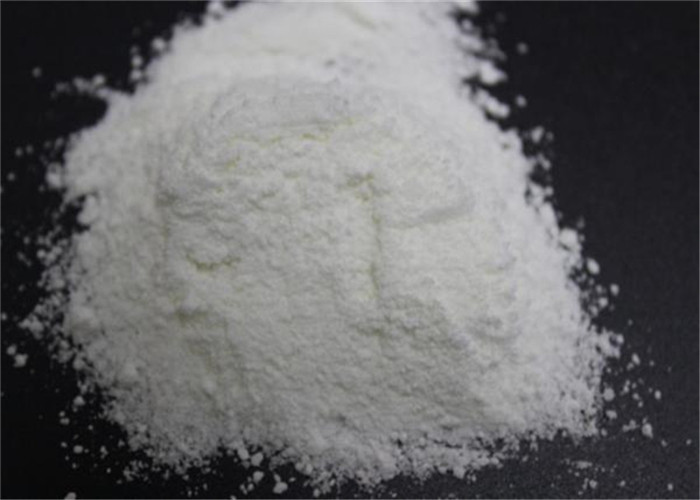
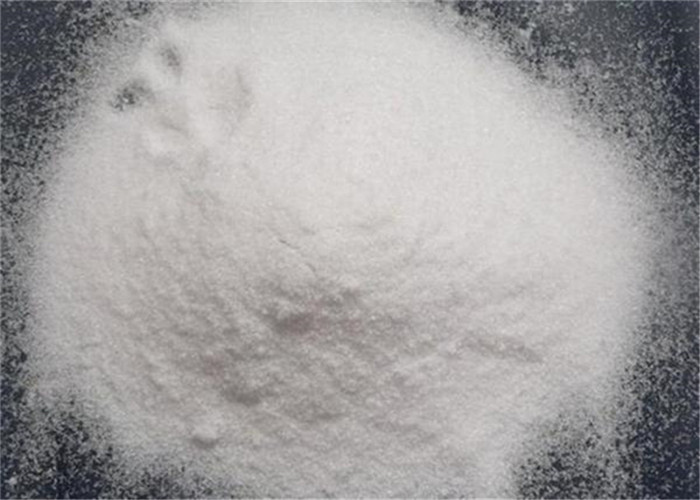
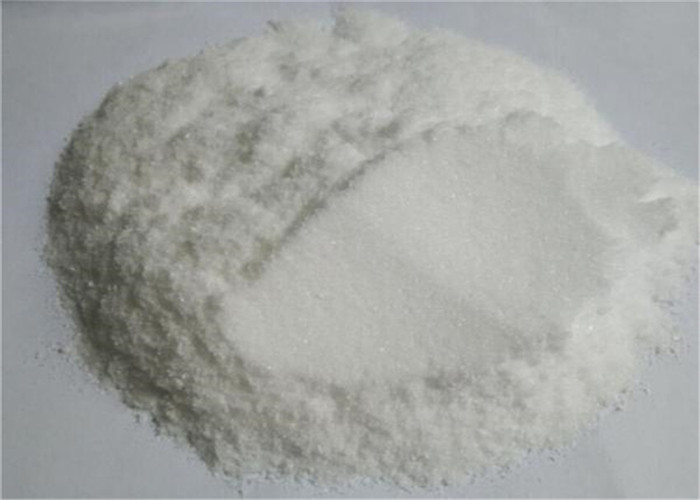
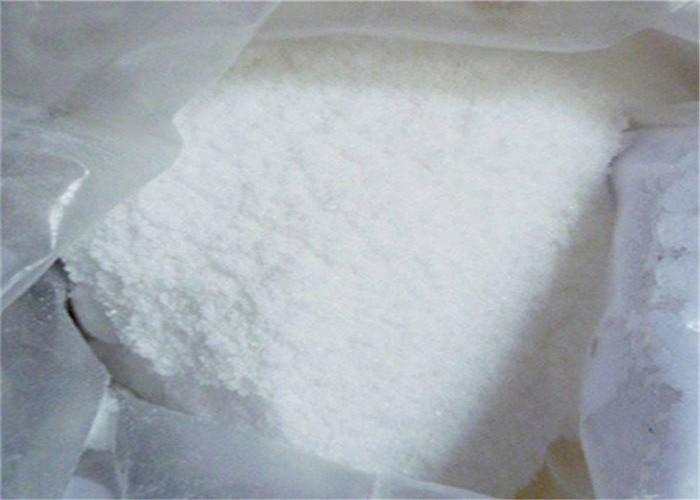
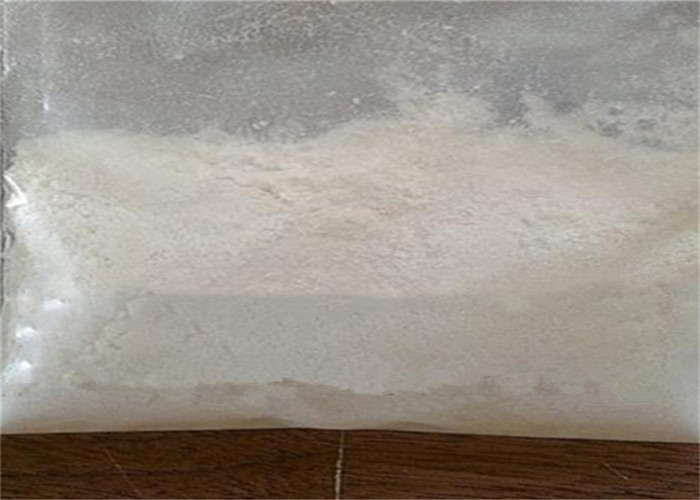
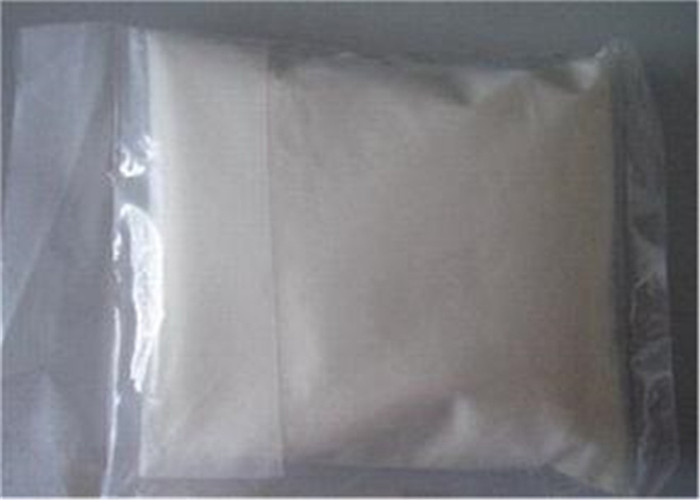



 Directeur commercial
Directeur commercial